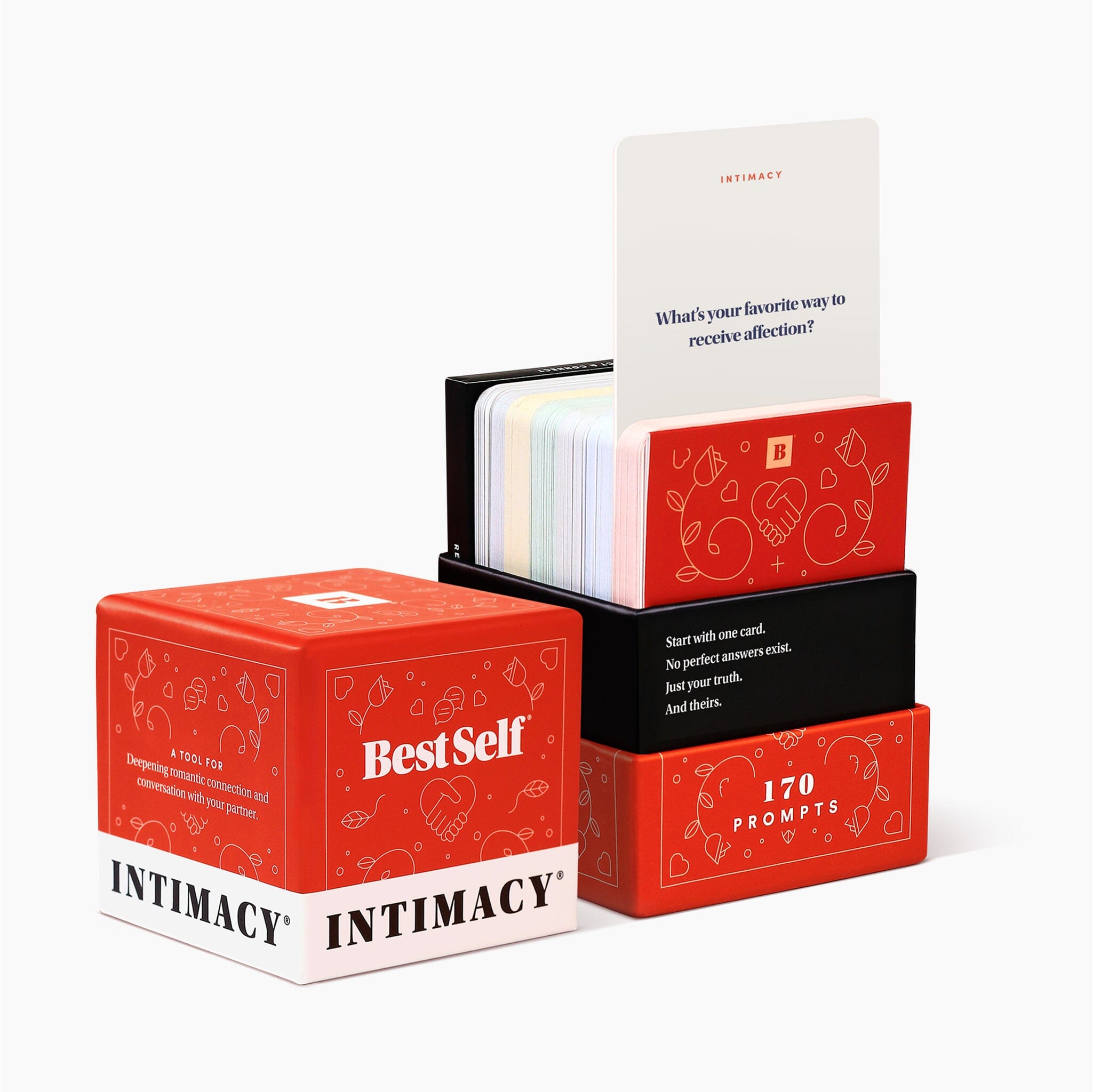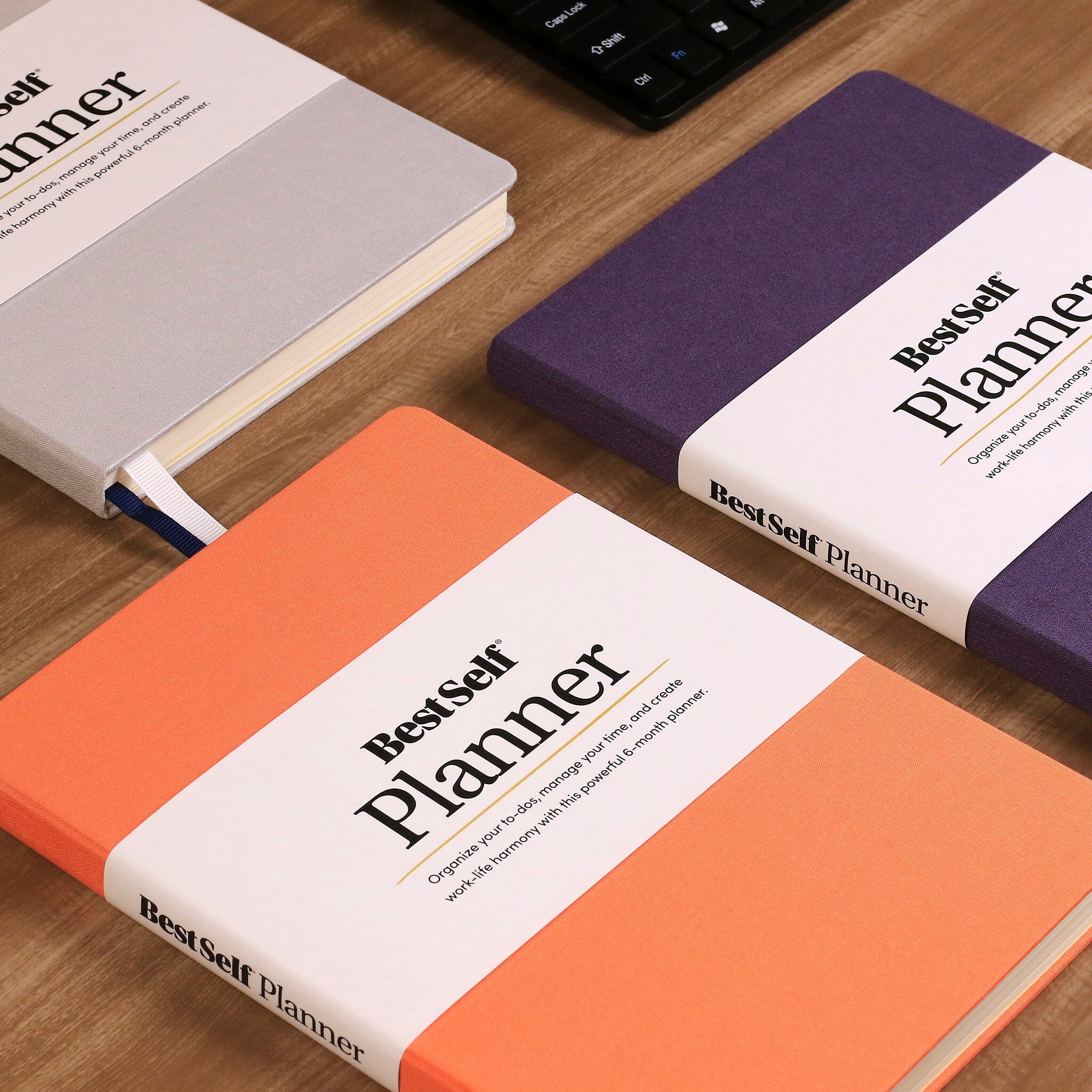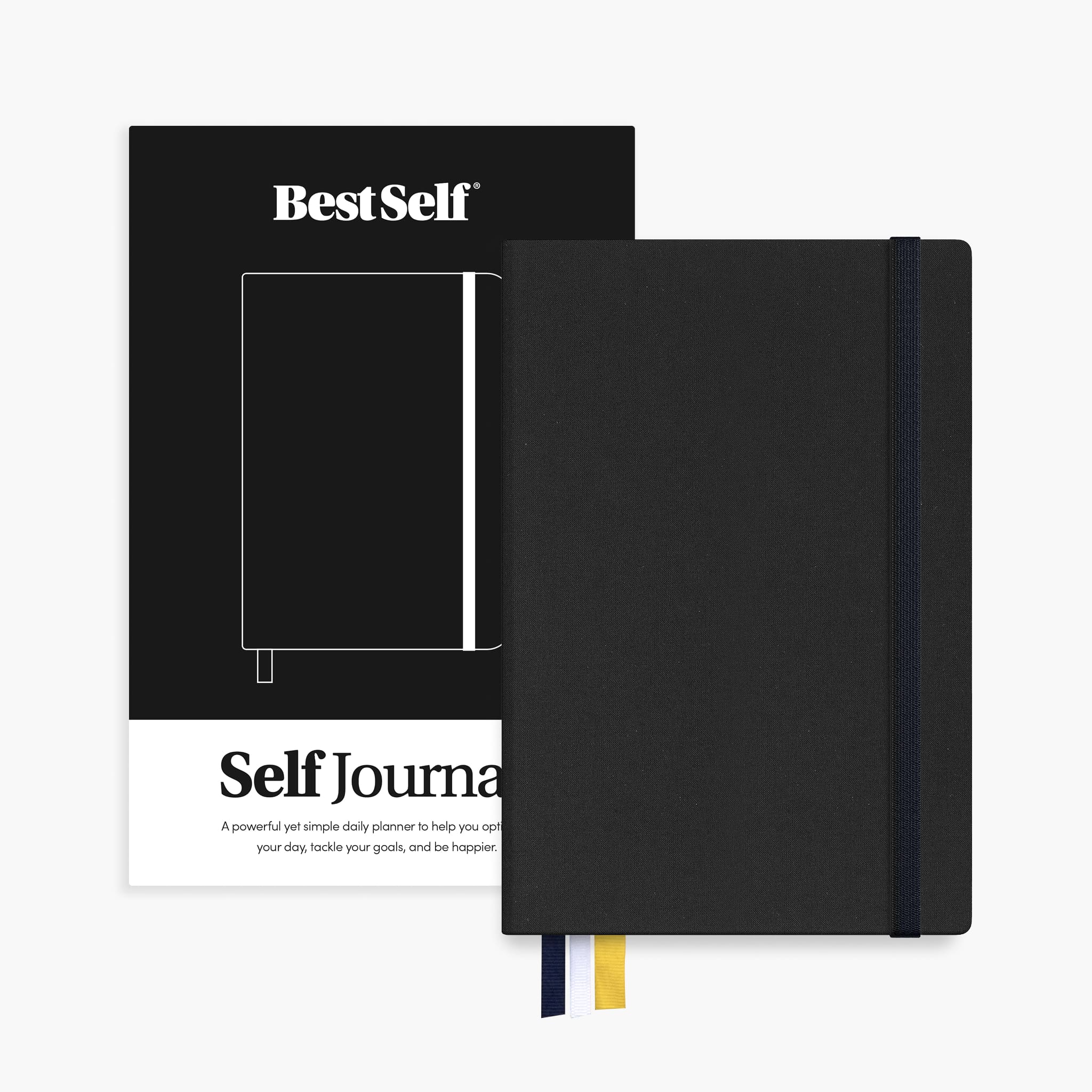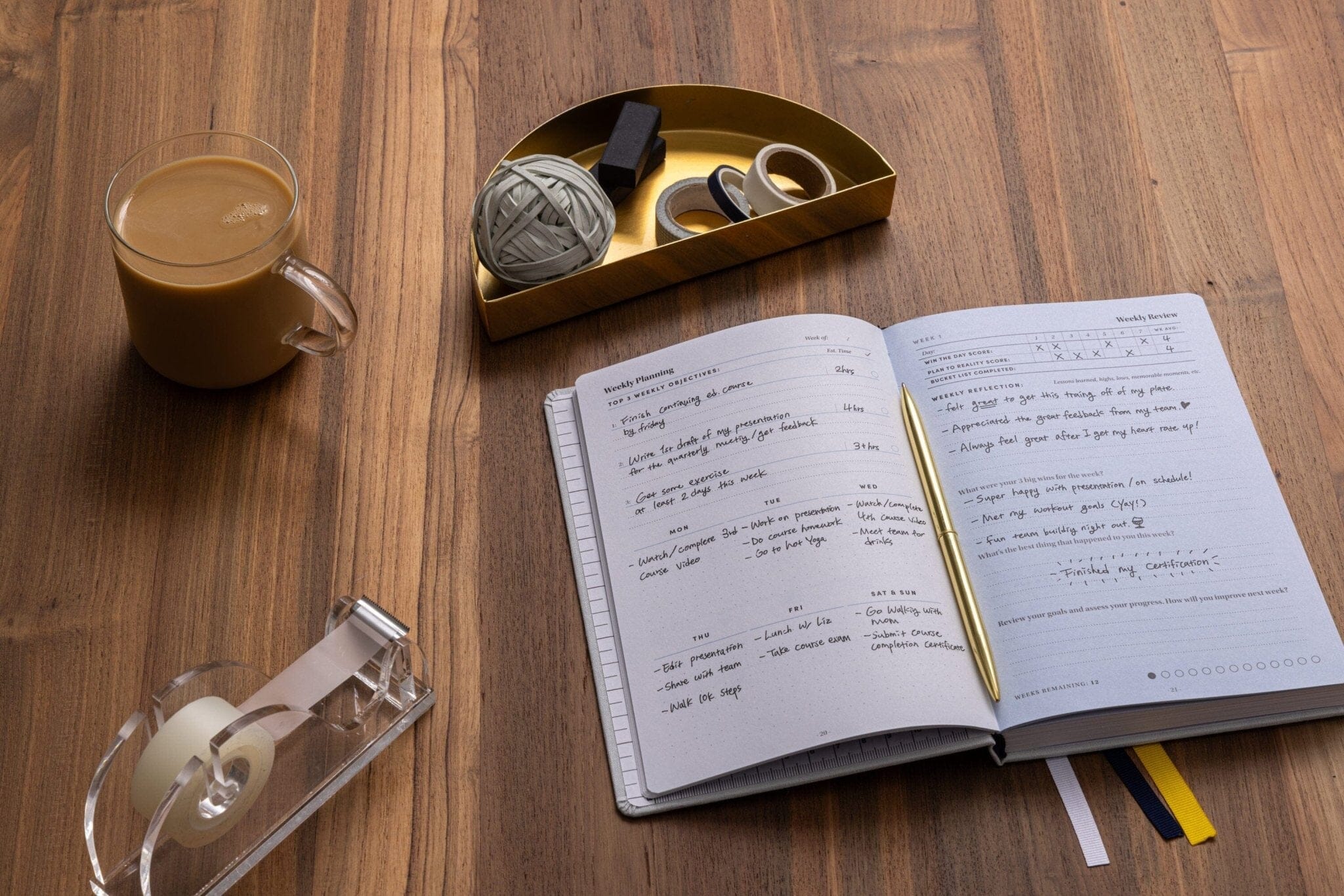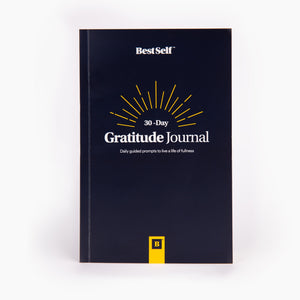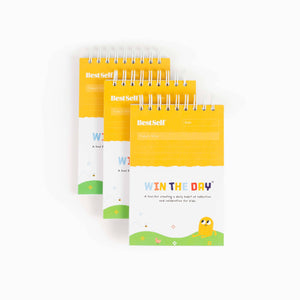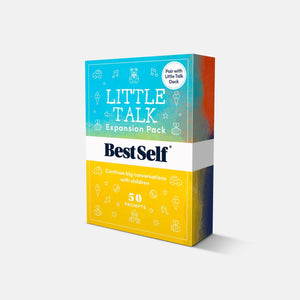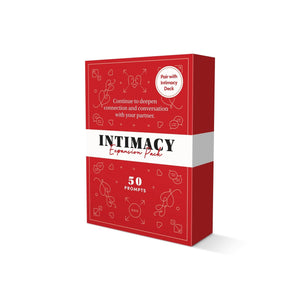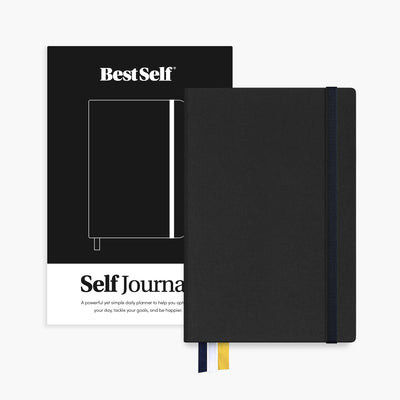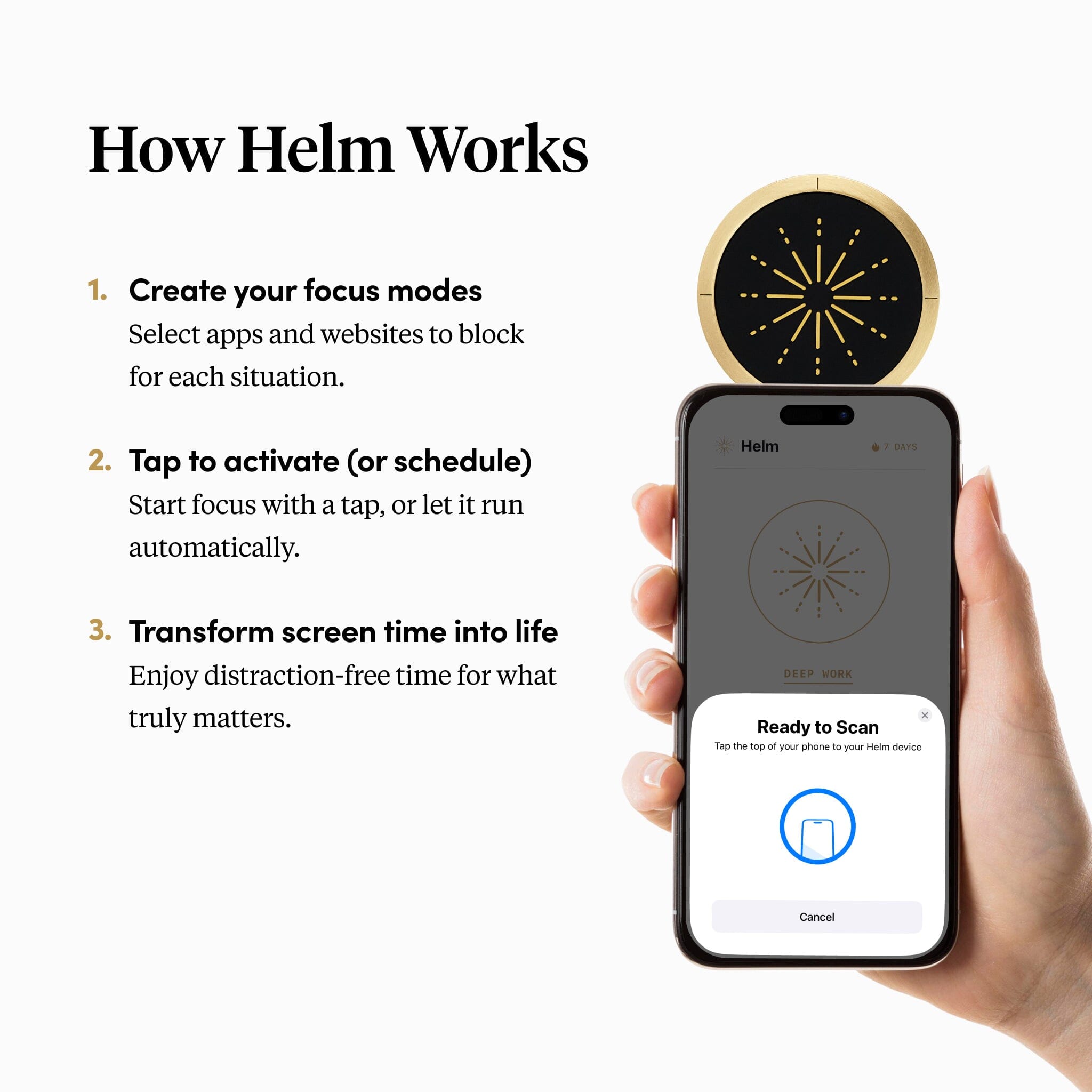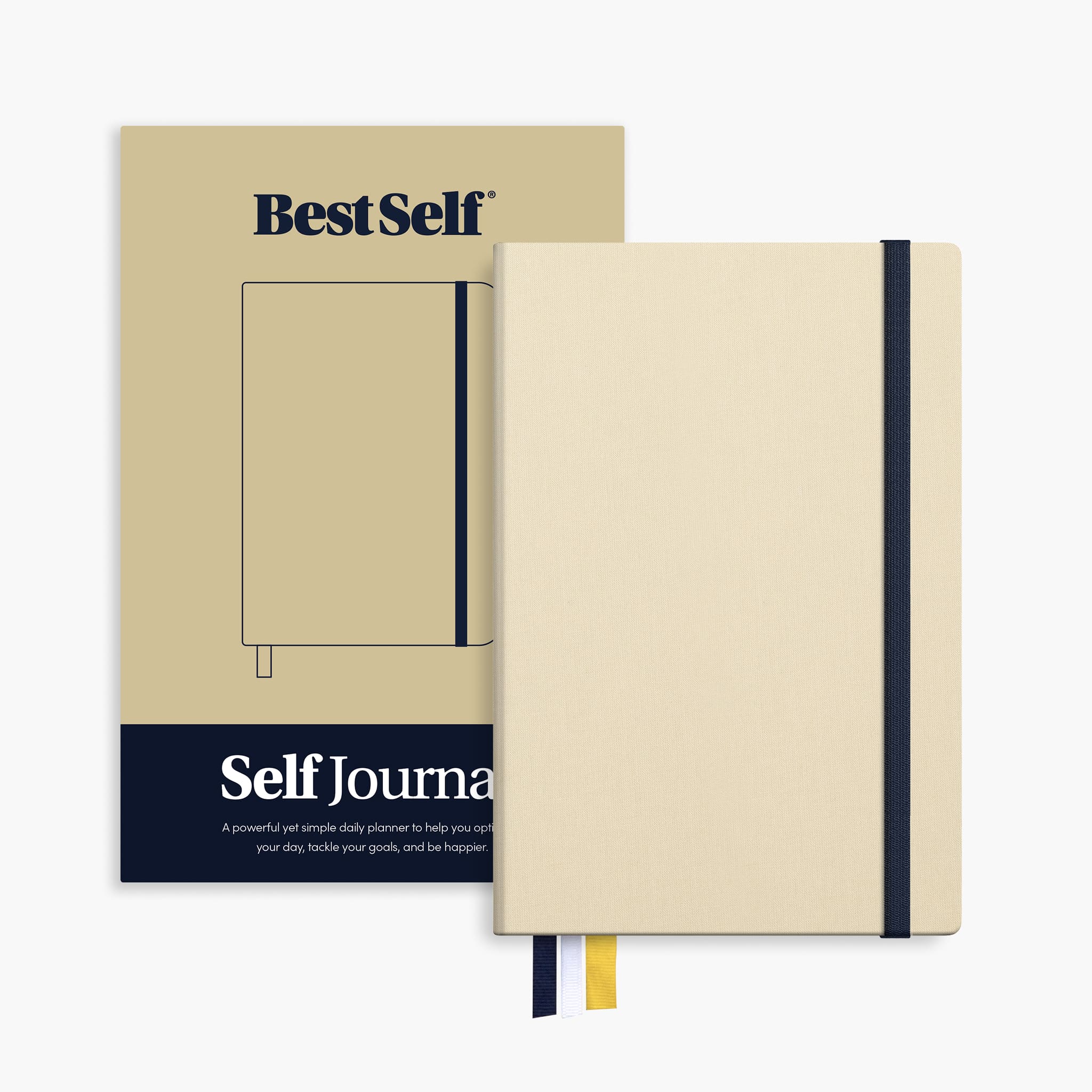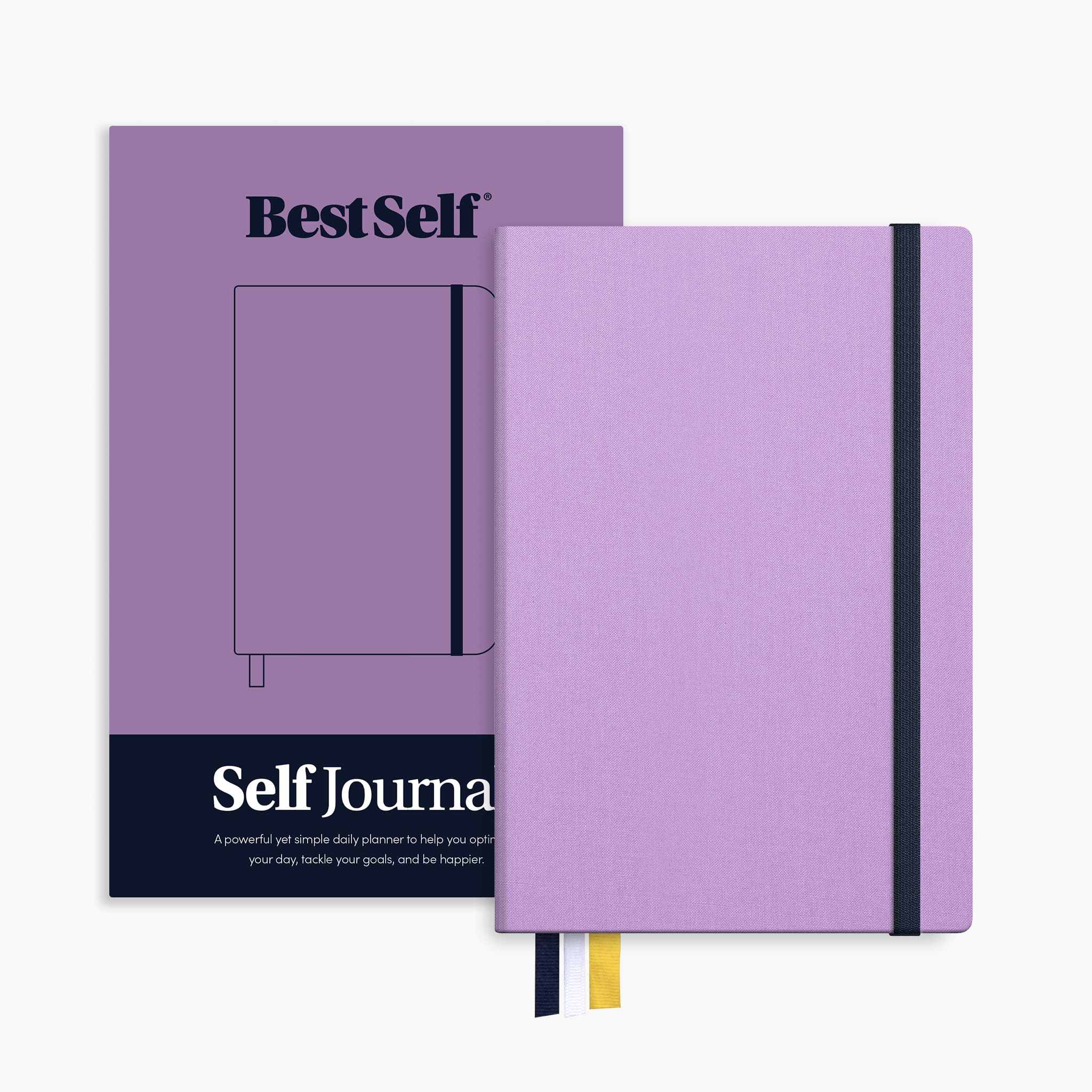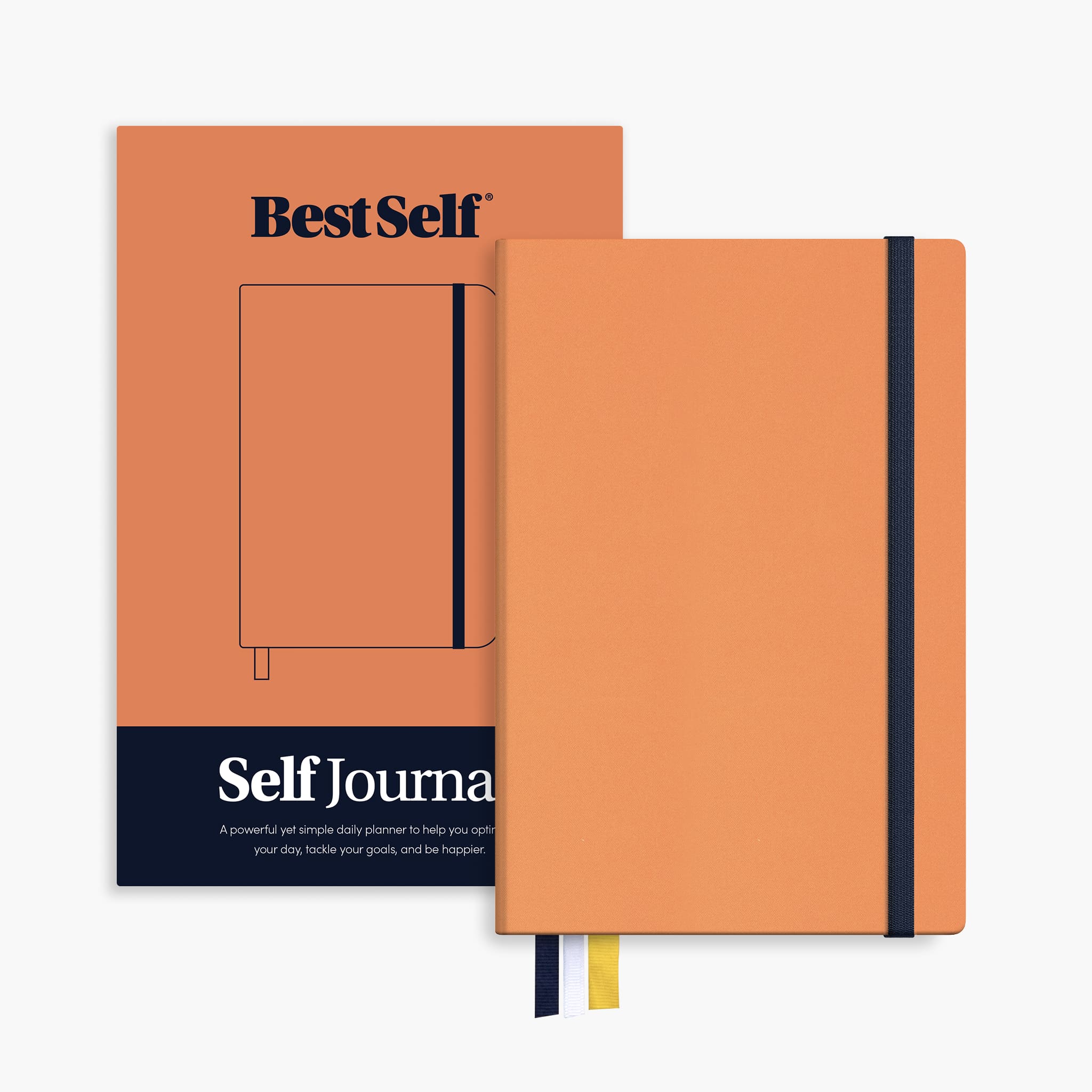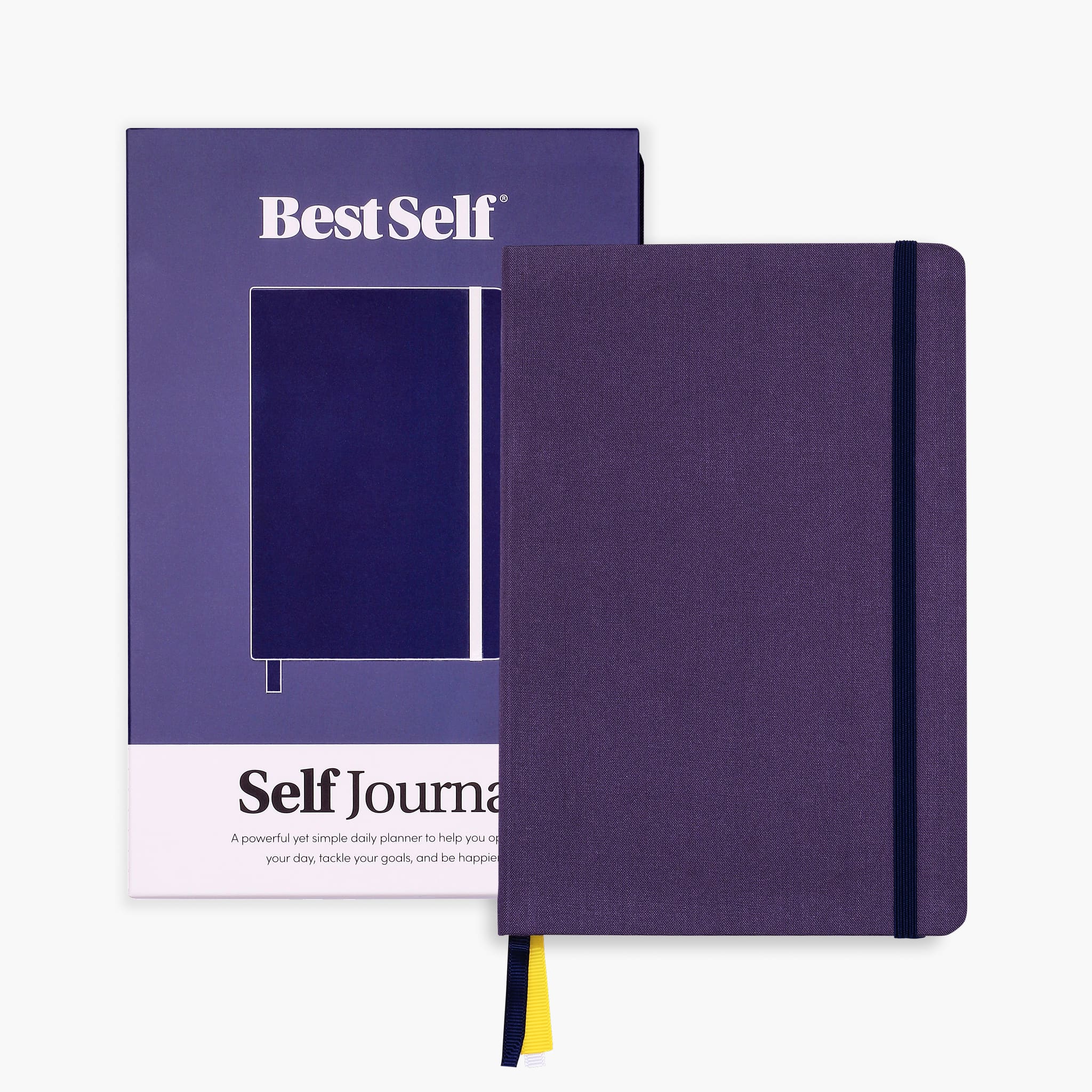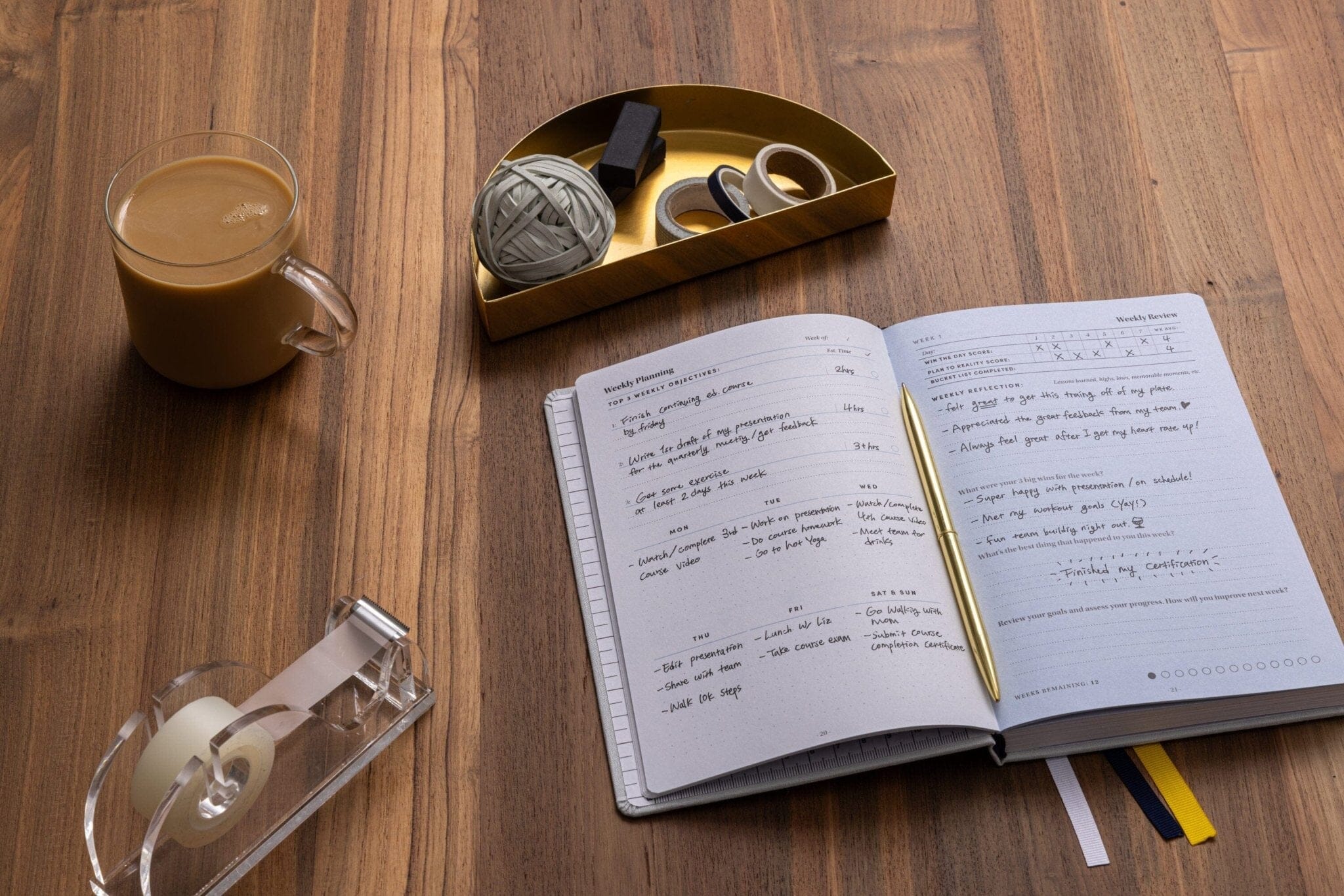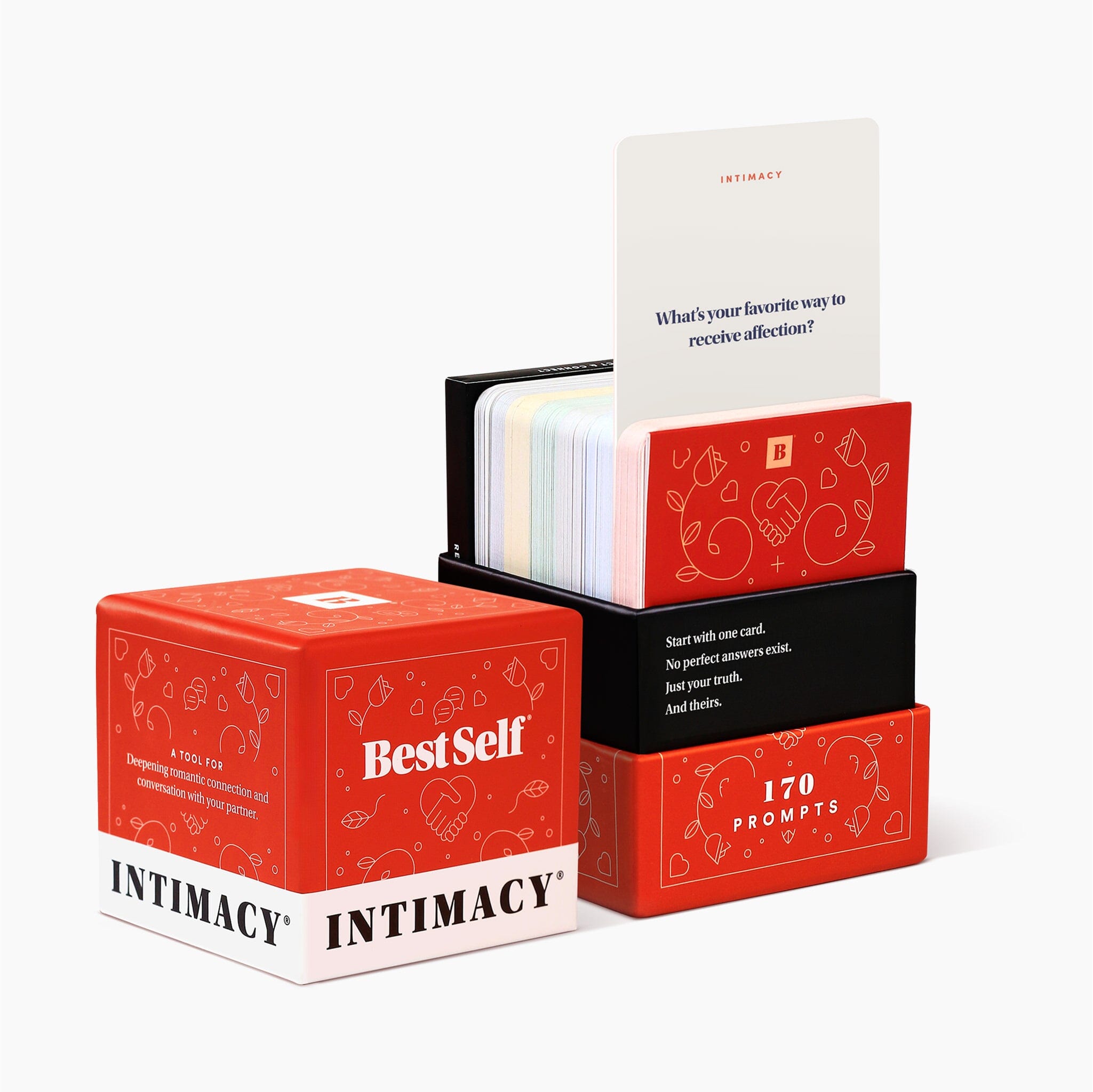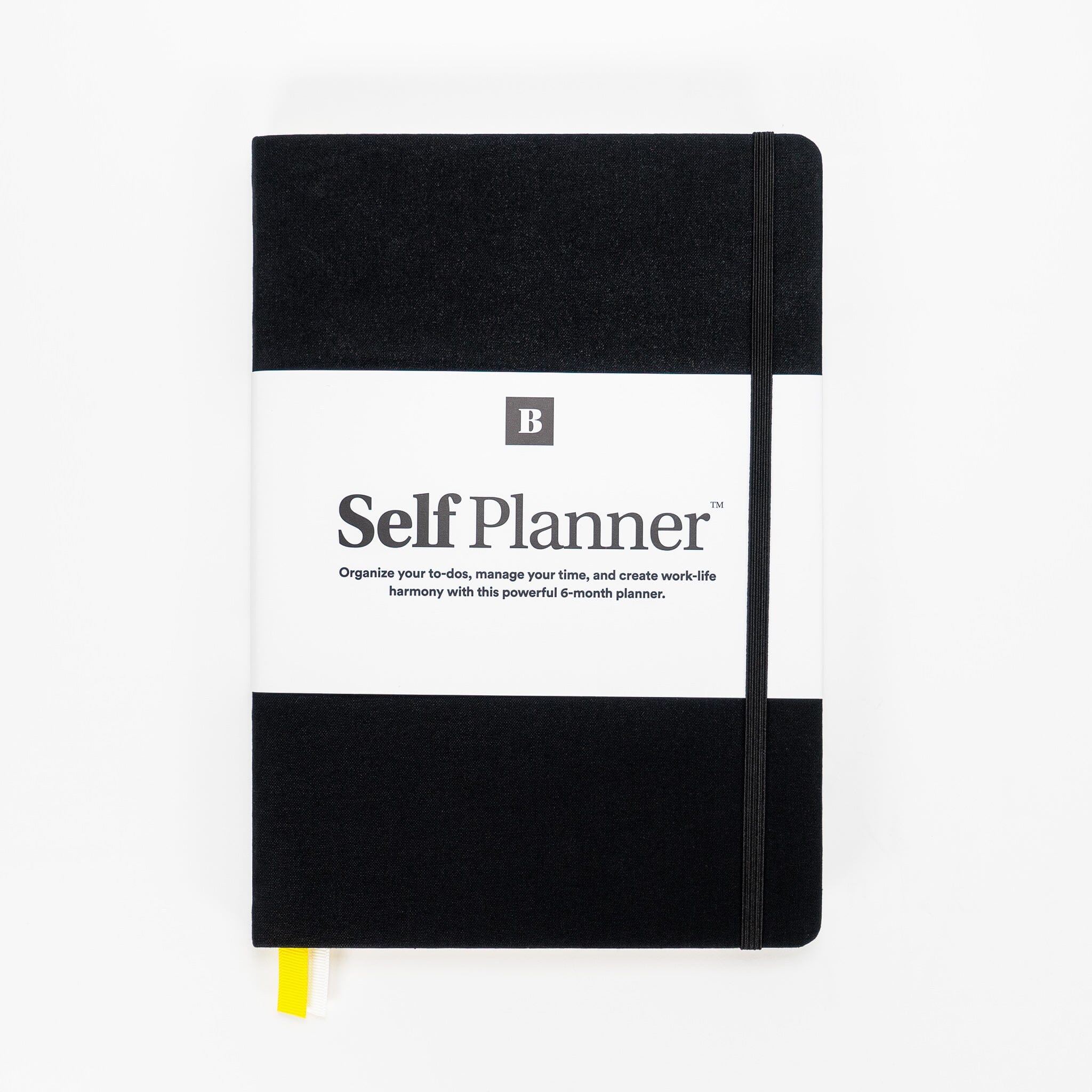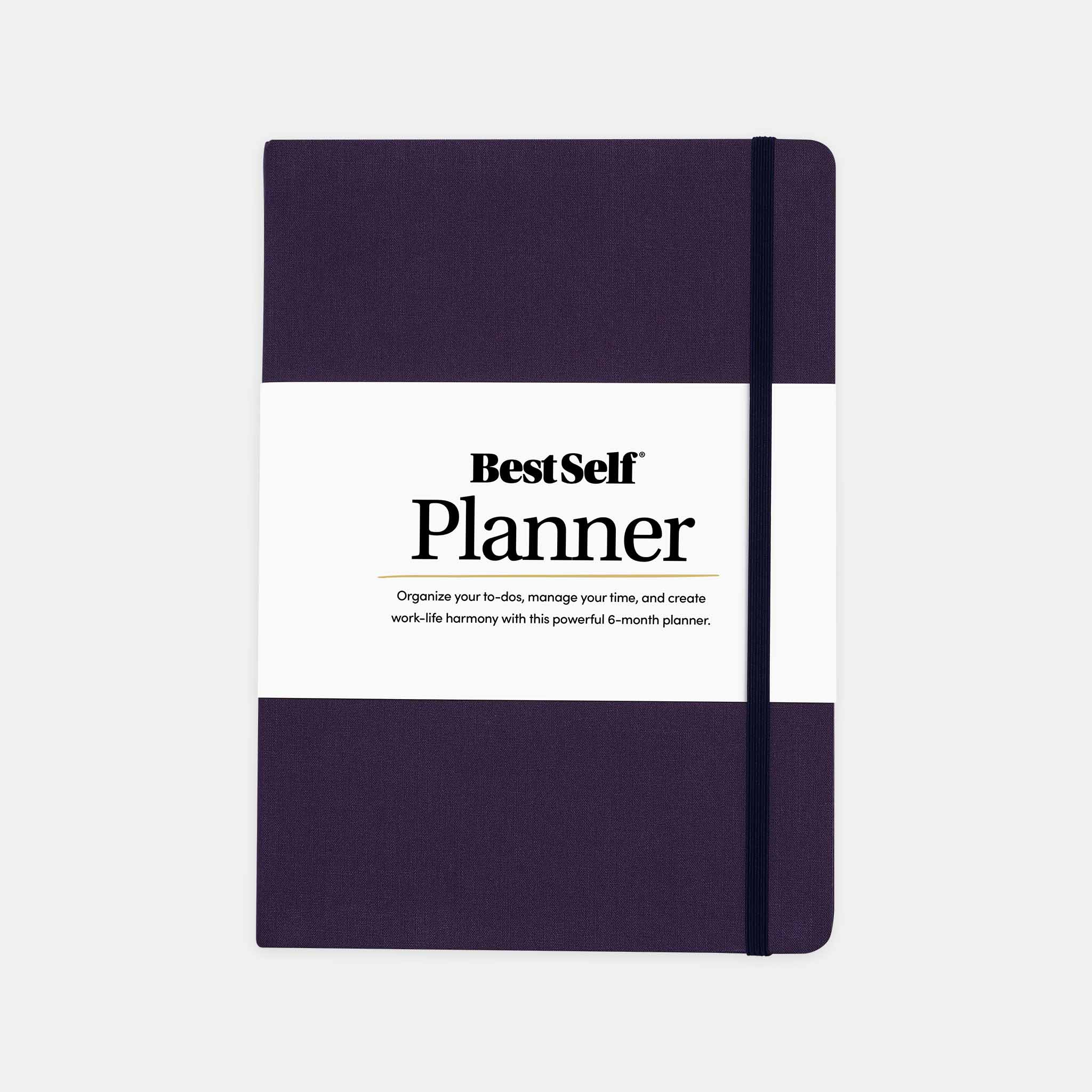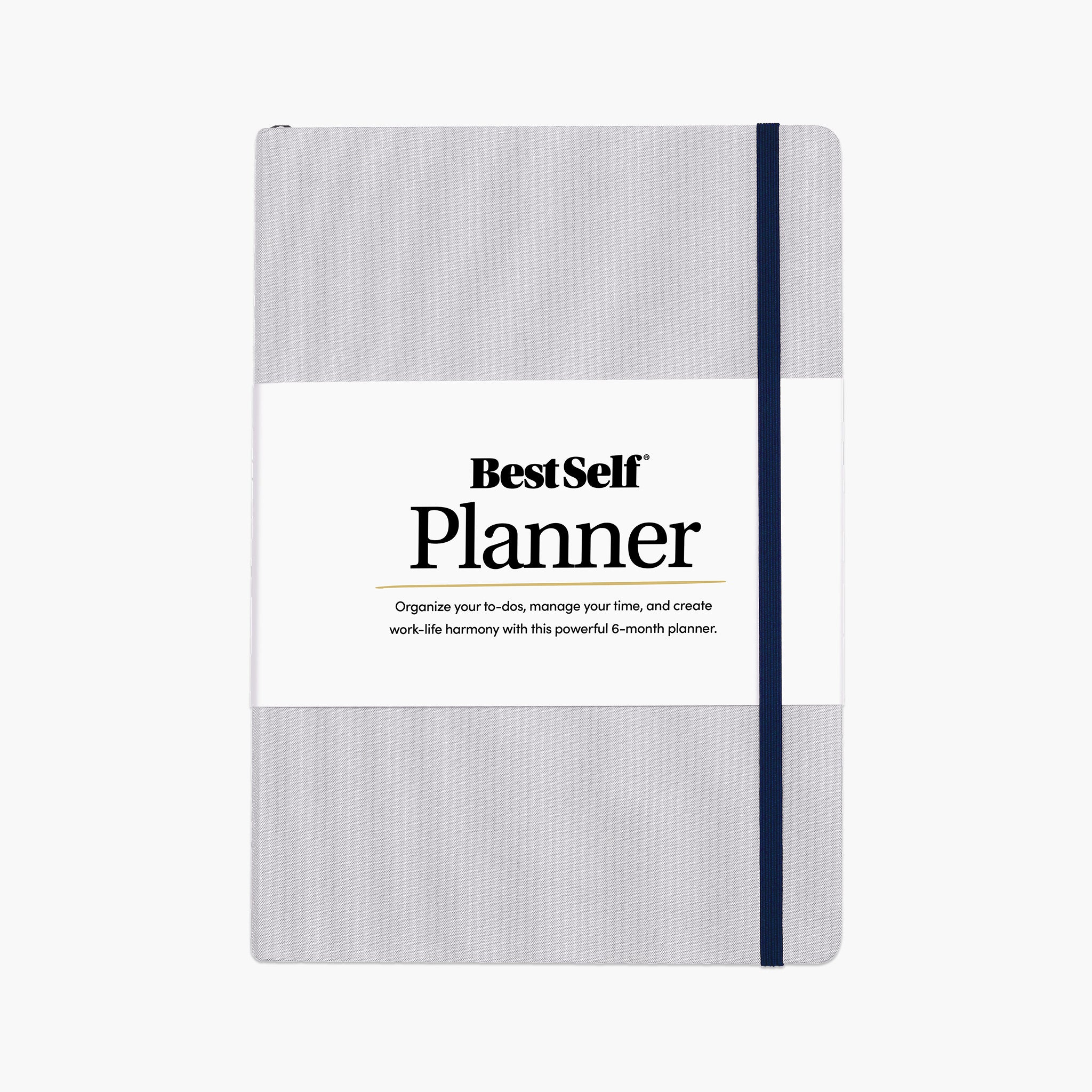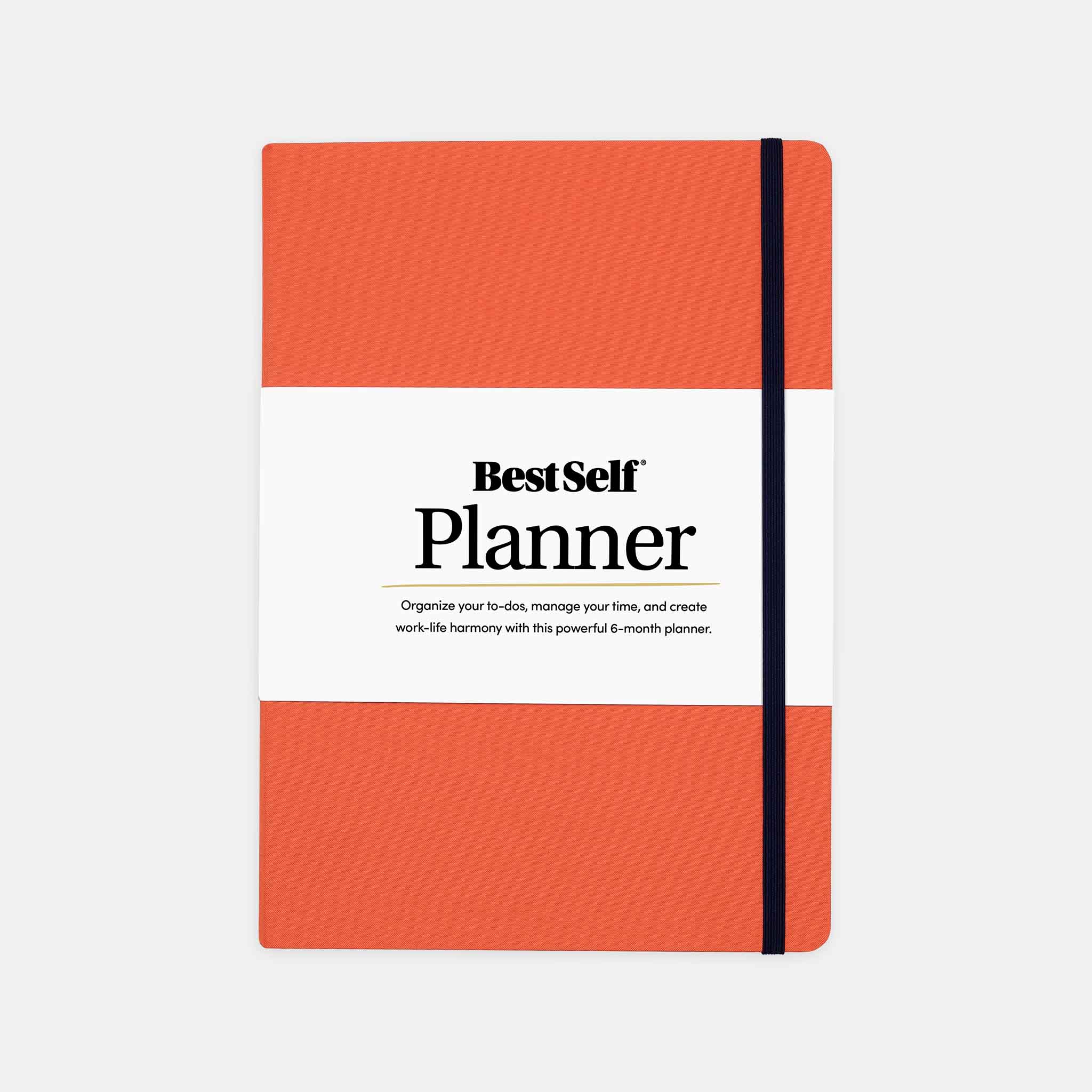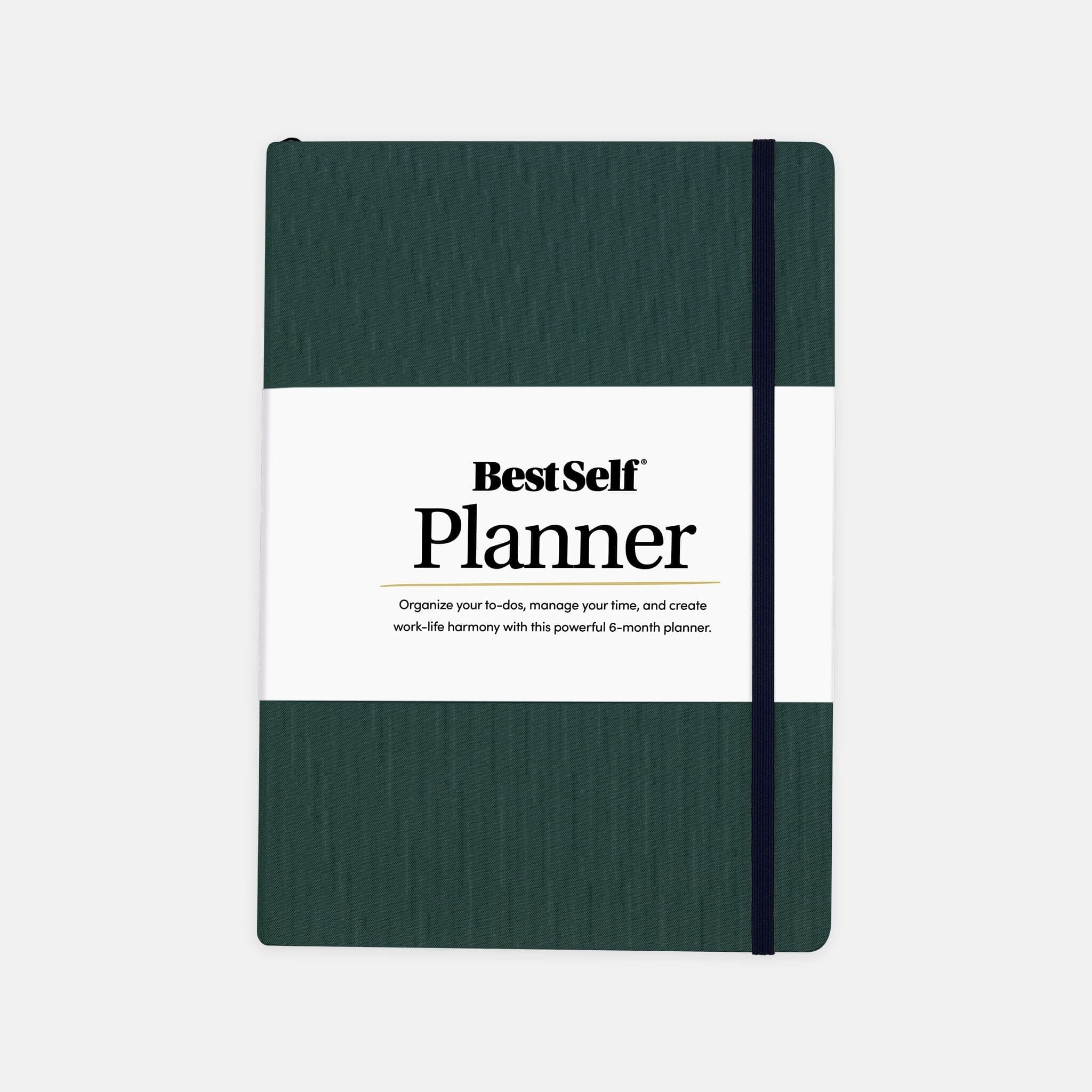By Georgina El Morshdy
With busy, preoccupied lives, making time for our mental and emotional health can be tricky. With so much to juggle, our minds can become overactive and chaotic, and we can even reach the point of overwhelm or burnout.
It’s a problem!
We know we’re not always at our best for the people we love. The feelings of stress and anxiety don’t feel good. But with no obvious solution to grasp onto, we convince ourselves that it’s a passing phase… that if we can get through this, time will open up, and there’ll be space to double down on self-care later.
But have you noticed that the promised time never comes?!
Somehow, there’s always something else to do and something else to occupy our time and attention!
So what’s the solution? How can we put more time, attention, and energy into our mental and emotional well-being to feel happier, calmer, and more content?
One answer is MINDFULNESS.
Let me explain…
What is mindfulness?
Mindfulness is the art of being present and living intentionally in the present moment.
Mindfulness guides your mind from the past and future to the here and now. Through mindfulness, we can ease the pain we feel from the past and reduce anxiety and worry about the future. In turn, you create a space in between where you can be fully present with what is.
In this in-between space, you can notice the sounds, smells, sensations, and sights that are already there but usually go unnoticed because you’re too distracted or not present.
The NOW can feel grounding and centering too.
Through mindfulness, we have an opportunity to feel calmer and more peaceful. And even if those moments are initially few and far between (and last fleetingly), knowing there’s a place to go to feel OK can help fuel the rest of your day.
But I don’t have the time!
I know what you’re thinking! You don’t have time for mindfulness!! Your day is already super packed and busy. What’s more, it’s impossible to calm your mind.
With mindfulness, you just need to start somewhere. Build the muscle. Integrate a regular practice and watch it expand. You don’t need hours of free time. Even a few minutes can make a big difference.
Check out these mindful tips for busy people.
1. Use the moments in between.
When you stop to notice them, it’s surprising how much time there is in your day to take some mindful moments. For example:
• When you’re brewing a cup of joe or a mug of tea.
• Washing your hands.
• Putting on hand cream or moisturizer.
• Prepping food.
• Waiting in a queue.
These in-between moments offer an excellent opportunity to practice mindfulness. When you’re in one of these moments, begin to really notice where you are. Feel your feet on the ground. Notice how your body feels. Bring your attention to your breathing. Instead of being distracted, be present in the moment. It soon adds up.
2. Mindful eating.
How often do you eat on the go or chow down in front of a screen?
Instead of rushing your meals, slow yourself down. Be present with what you’re eating. Allow yourself to notice the tastes, textures, and aromas. This practice will evoke a greater appreciation for your food too.
3. Mindful walking.
Whether you’re taking a walk in nature, strolling to the shops, or simply heading back to your car, walking is a great opportunity to infuse mindfulness into your day. The secret is to ensure your phone won’t disturb you.
If you’re going on a long walk, you could try a walking meditation.
If you’re only walking for a few minutes, focus on your breathing. Feel the air expanding your lungs. Focus on how your body feels as it moves. Notice what’s around you and take it in.
Mindful walking is a great way to refresh and reset yourself mentally, emotionally, and physically.
4. One minute of conscious breathing.
Breathing is unique in the human body because it’s an essential function that you can consciously control. As a result, we can use our breath to practice mindfulness and infuse more peace and calm into our day.
If you have time, an extended breathing practice linked with meditation or relaxation can be great.
If not, even a minute of conscious breathing can evoke calm and contentment by activating the parasympathetic nervous system (the part of us responsible for rest & digestion).
Here’s a formula to try…
• Close your eyes.
• Breathe in for a count of four.
• Breathe out for a count of eight.
• Repeat the cycle until a minute is up.
As you breathe out, it can be powerful to visualize releasing stress and tension from your body.
You can do this practice anywhere. At your desk, on the bus, or sitting on the sofa.
-----------
As you can see, mindfulness needn’t take time. Even a few moments here and there can make a difference. Even better, mindfulness is a practice we can infuse into the moments already happening in our lives.
With the help of mindfulness, we’re just going to use those moments more intentionally.
What opportunities for mindfulness exist in your life right now? Why not take a few moments to note them down, so you’re ready to take advantage of them?
